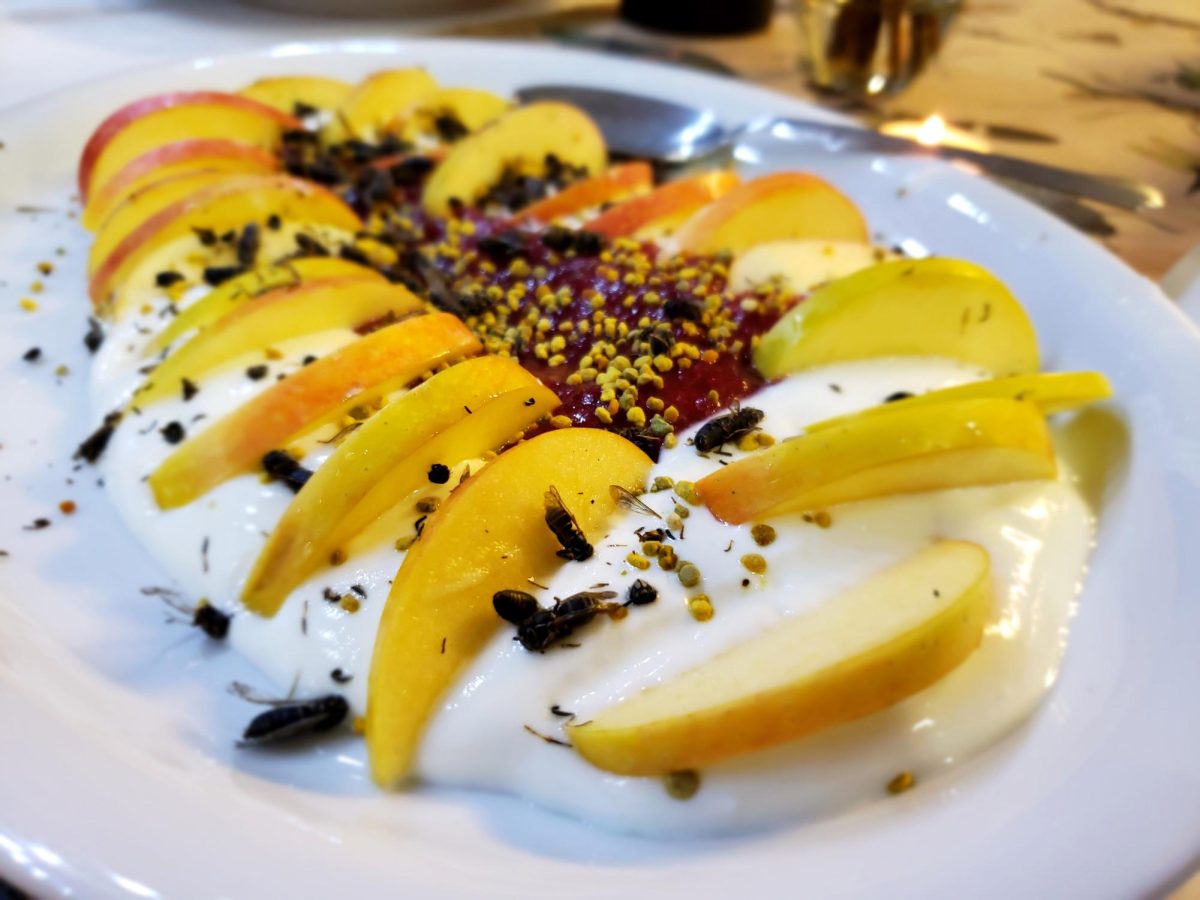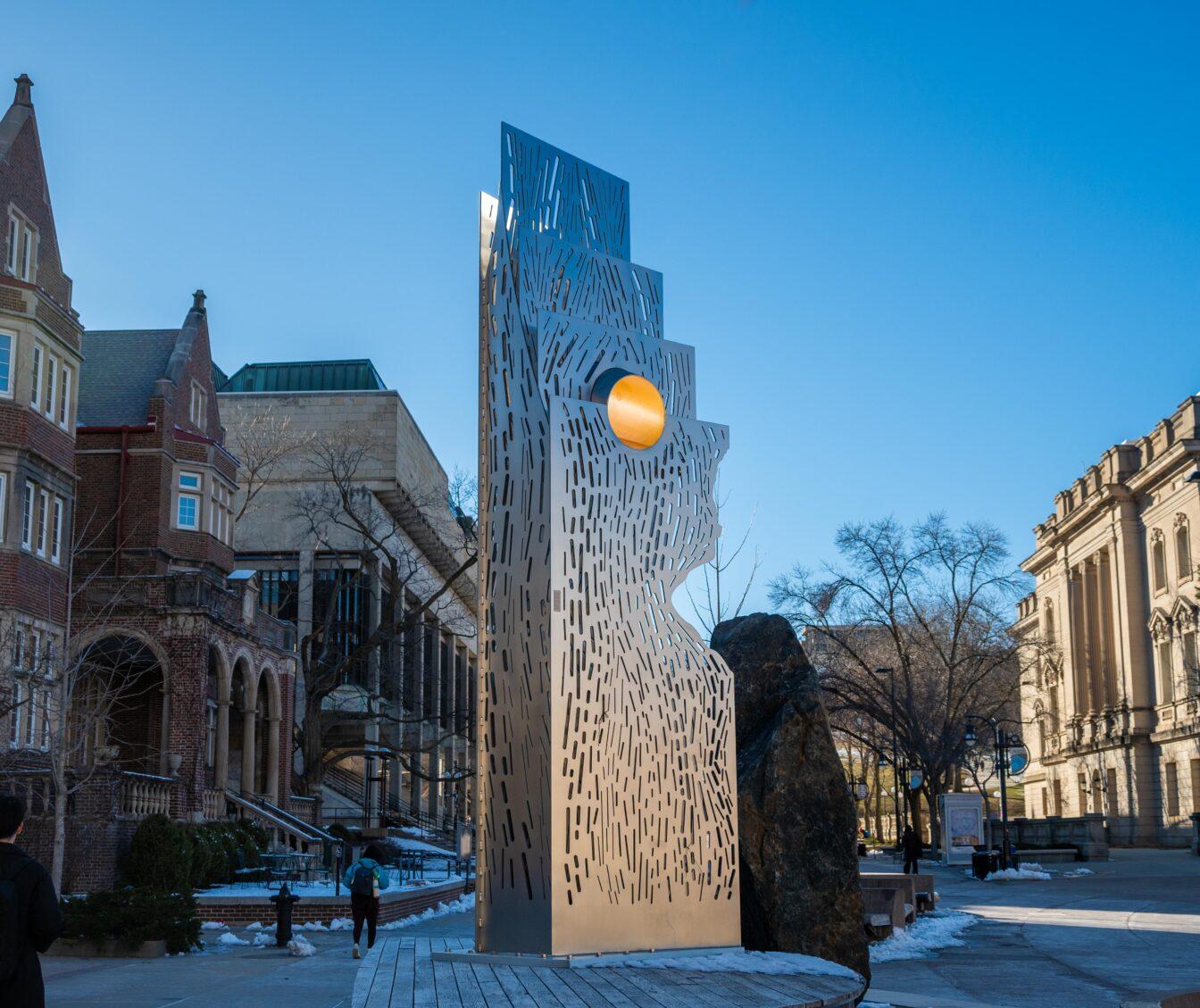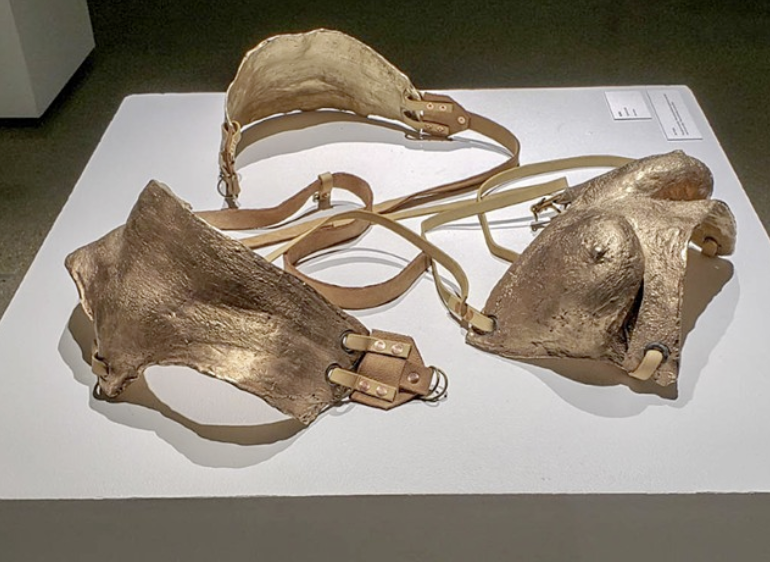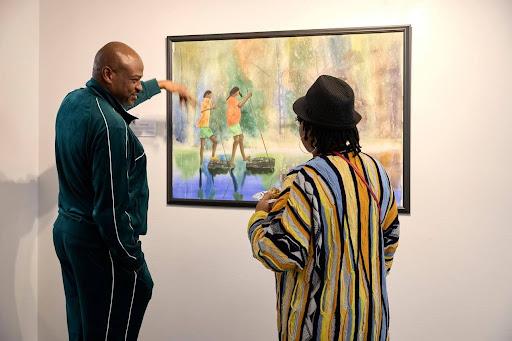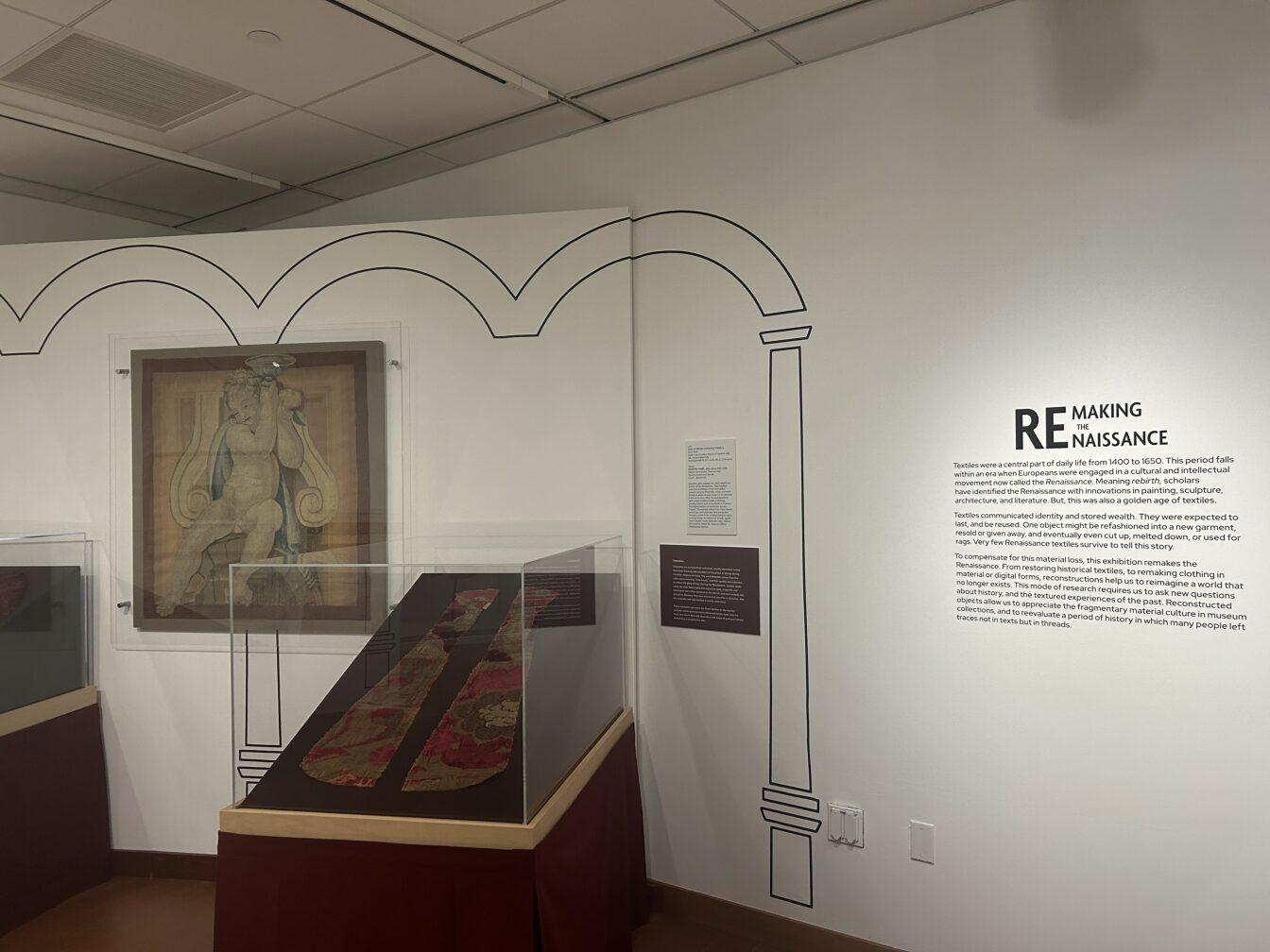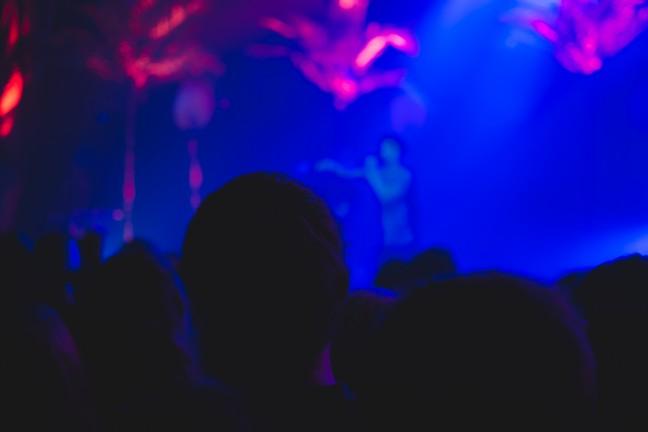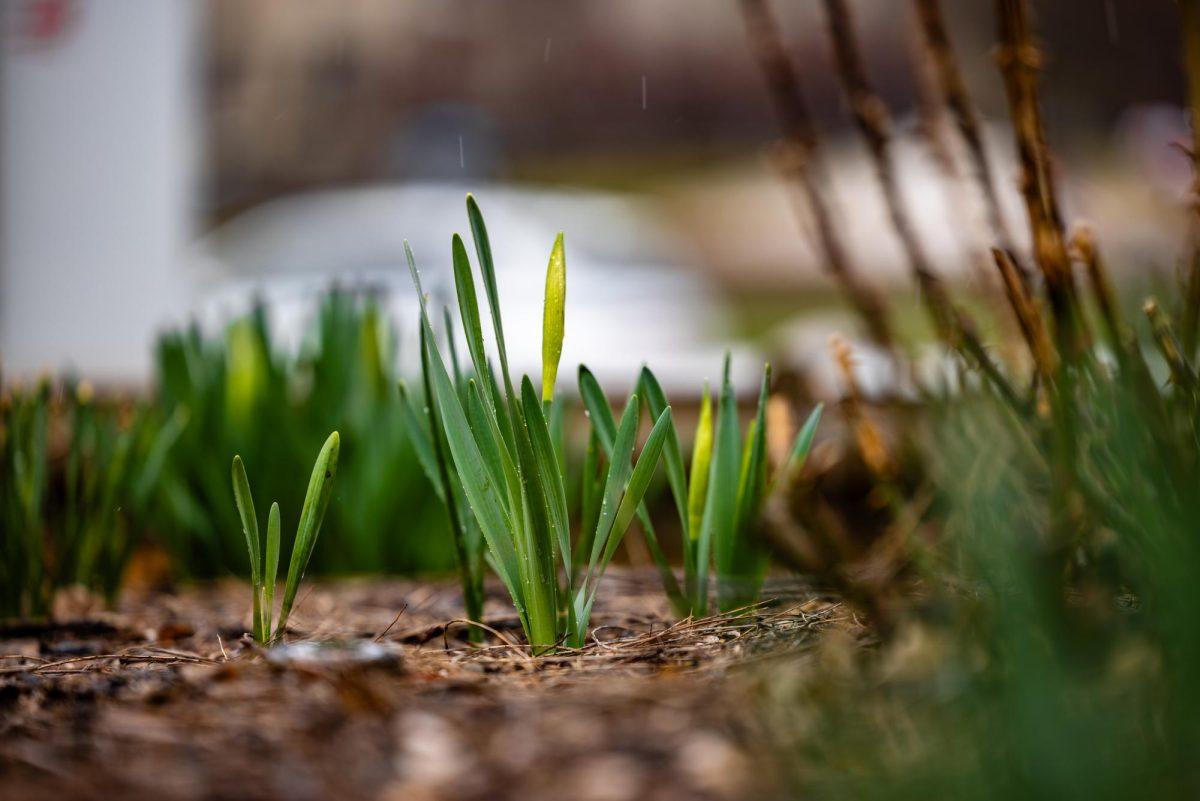The Chazen Museum of Art is getting the gift of two new pieces of art this winter as it features an exhibition with talented Japanese artists Tenmyouya Hisashi and Ikeda Manabu.
If you explore Hisashi’s work, you’ll find yourself standing between a sand pit full of skull-imprinted rocks and a vast battle scene, spread out across two canvasses. This battle piece, titled “Rhyme,” is aesthetically pleasing in its traditional nature, featuring a harmonic use of color and form, as well as a 3-D effect. With the dynamic arrangement of the weapons and soldiers, the piece seems like a reflection and an installation piece simultaneously. Hisashi’s work features an intermingling of culture and violence; he takes from traditional Japanese culture and sets it at odds with themes from modern Japanese life.
The other exhibit, with works from Manabu (a University of Wisconsin artist-in-residence), features unique work of immense detail. Critics of abstract modern art (or any art that looks like a kid could do it) will feel satisfied with Manabu’s pieces as they may take years to evaluate fully. The content is rich, overwhelming, beautiful and, at times, unsettling. In “Victim,” a fractured cityscape across the canvas, surrounded by darkness, features micro-images of industrialization and technological pervasiveness throughout. Take a few paces back, and all of these details come together to form a larger image. The land section becomes the coils of a snake, with the head and tongue dominating the upper center, giving a sense of movement to the scene.
Many of his other works, like “Victim,” comment on industry and the toxicity of urbanization. The scenes are often busy and congested; houses piled on top of each other, ominously placed human figures (all completely whited out, with detail pointedly omitted). At times this murky congestion of urban life is contrasted with vast nature (forests, unending water), itself overwhelming to the viewer in its domineering sublimity. As his exhibition description reads, “Ikeda’s world is not a world where we humans are at the center and in control, but where we humbly exist as tiny participants of a greater natural universe.”
The Chazen will feature the exhibition until Feb. 16. At regularly scheduled times, Madisonians can watch Manabu work on a 10-by-13 foot drawing.





